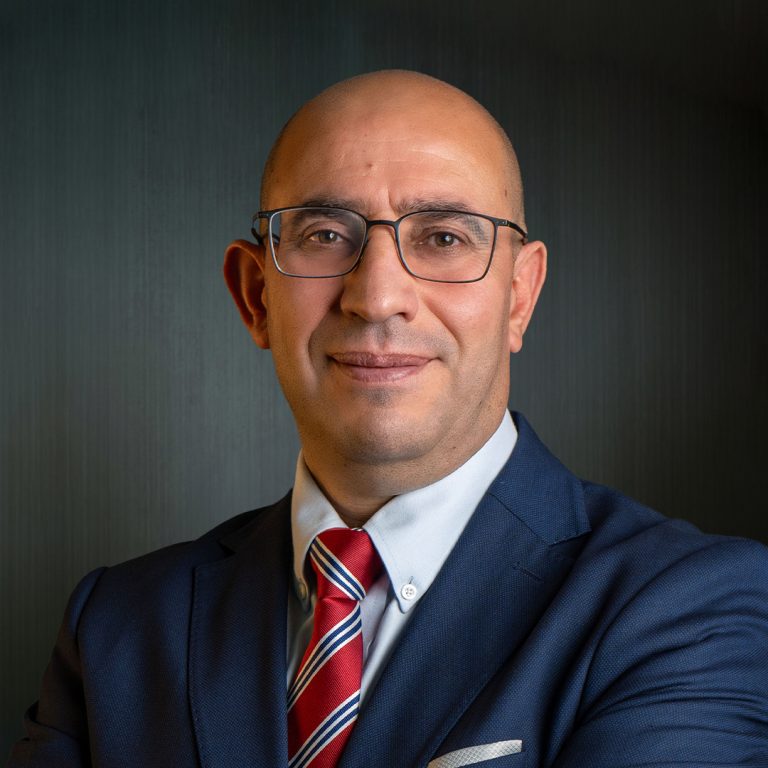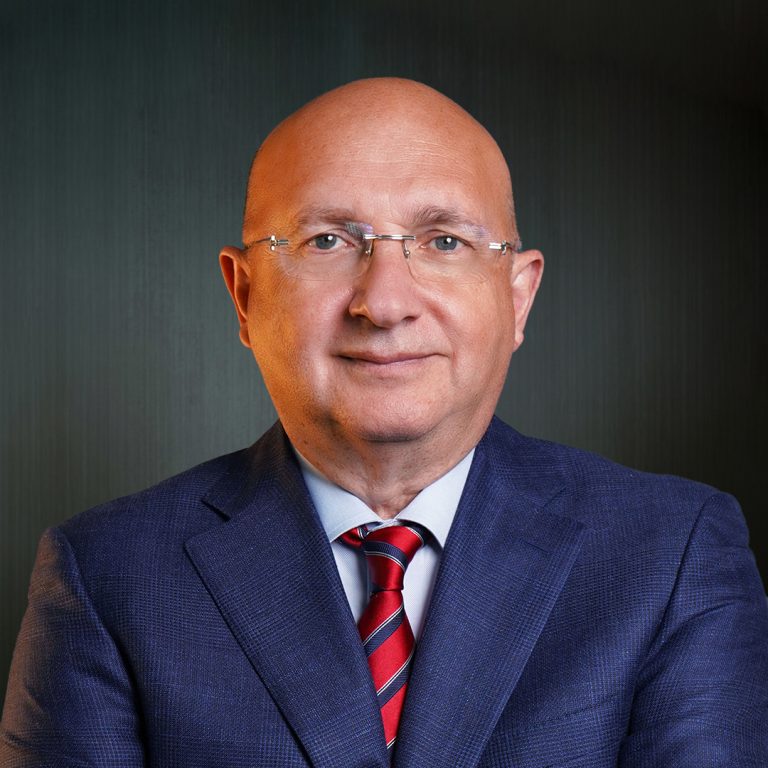Get the Best Treatment for Your Kidney Stones at Stone Clinic
Experience Expert Care and Cutting-Edge Technology
Welcome to Stone Clinic – your one-stop solution for kidney stones. We understand that dealing with kidney stones can be a painful and stressful experience. That’s why we offer expert care using the latest technology to ensure that you receive the best treatment possible.
Why choose Stone Clinic?
Experienced Doctors: Our doctors have years of experience dealing with kidney stones and are experts in their field.
Latest Technology: We use the latest technology to provide efficient and effective treatment, ensuring a speedy recovery for our patients.
Collaborative Approach: We work closely with our patients to understand their needs and tailor our treatment approach accordingly.
Our Services:
Laser stone treatment:
is a minimally invasive procedure that uses a laser to break up kidney stones into smaller pieces, which can then pass through the urinary tract more easily. The procedure involves inserting a small instrument through the urethra and into the bladder or kidney, and then using a laser fiber to break up the stone.
Rigid and flexible ureteroscopy:
are procedures that use small, flexible or rigid scopes to visualize the ureter and kidney and remove or break up stones. The scope is inserted through the urethra and passed up to the ureter or kidney, where the stones can be removed or fragmented with specialized instruments.
Extracorporeal wave lithotripsy:
is a non-invasive procedure that uses shock waves to break up kidney stones. The shock waves are generated outside the body and focused on the stone, causing it to break into smaller pieces that can be passed through the urinary tract.
Percutaneous nephrolithotripsy:
(PCNL) is a procedure that involves making a small incision in the back and using a scope to visualize the kidney and break up or remove stones. The procedure is typically used for larger stones or stones that cannot be treated with other methods.
Robot-Assisted pyelolithotomy:
is a minimally invasive surgery that uses a robot to remove kidney stones. The procedure involves making small incisions in the abdomen and using a robot-controlled scope and instruments to visualize and remove the stone.
Kidney stones:
are small, hard mineral deposits that can form in the kidneys and cause severe pain as they pass through the urinary tract. Treatment for kidney stones depends on the size and location of the stones. Small stones may pass on their own with medication and plenty of fluids, while larger stones may require extracorporeal shock wave lithotripsy (ESWL), ureteroscopy, or percutaneous nephrolithotomy (PNL).
Ureteral stones:
are like kidney stones, but they form in ureters, which are the narrow tubes that connect the kidneys to the bladder. Treatment for ureteral stones may include pain medication, hydration, and medications to relax the muscles in the ureters. In some cases, ureteral stones may require ESWL, ureteroscopy, or PNL.
Bladder stones:
are hard mineral deposits that can form in the bladder. Treatment for bladder stones may involve medication to dissolve the stones, or in some cases, cystoscopy to remove them. In more severe cases, surgery may be required to remove the stones.
Staghorn stones:
are large, branching stones that can form in the kidneys and are associated with a higher risk of urinary tract infections and kidney damage. Treatment for staghorn stones may require surgery, including PNL or robot-assisted surgery.
Metabolic disorders of nephrolithiasis:
refer to conditions that increase the risk of kidney stones, such as hyperparathyroidism or cystinuria. Treatment for metabolic disorders may involve medication to manage the underlying condition, as well as lifestyle changes to reduce the risk of stone formation.
Stricture/narrowing of the ureter:
is a condition in which the ureter becomes narrowed or blocked, often due to scarring or inflammation. Treatment for ureteral strictures may include medication to manage inflammation, ureteral stents to keep the ureter open, or robotic surgery to remove the affected section of the ureter and reconnect the remaining sections.
Robot-assisted ureter reconstruction for ureter stricture:
is a procedure that uses a robot to repair a narrowed or blocked ureter. Robot-controlled instruments allow for precise incisions and suturing, which can result in a quicker recovery time and reduced risk of complications.
Comprehensive metabolic work-up:
is a series of tests that evaluate a patient’s risk for kidney stones and identify underlying metabolic conditions that may contribute to stone formation. The tests may include blood and urine tests, as well as imaging studies.
Nutrition evaluation for stone disease:
is a consultation with a registered dietitian to evaluate a patient’s diet and identify changes that can reduce the risk of kidney stone formation. The dietitian may recommend changes in fluid intake, sodium intake, and intake of certain foods that can contribute to stone formation.
Conditions we treat:
Kidney stones:
are small, hard mineral deposits that can form in the kidneys and cause severe pain as they pass through the urinary tract. Treatment for kidney stones depends on the size and location of the stones. Small stones may pass on their own with medication and plenty of fluids, while larger stones may require extracorporeal shock wave lithotripsy (ESWL), ureteroscopy, or percutaneous nephrolithotomy (PNL).
Ureteral stones:
are like kidney stones, but they form in ureters, which are the narrow tubes that connect the kidneys to the bladder. Treatment for ureteral stones may include pain medication, hydration, and medications to relax the muscles in the ureters. In some cases, ureteral stones may require ESWL, ureteroscopy, or PNL.
Bladder stones:
are hard mineral deposits that can form in the bladder. Treatment for bladder stones may involve medication to dissolve the stones, or in some cases, cystoscopy to remove them. In more severe cases, surgery may be required to remove the stones.
Staghorn stones:
are large, branching stones that can form in the kidneys and are associated with a higher risk of urinary tract infections and kidney damage. Treatment for staghorn stones may require surgery, including PNL or robot-assisted surgery.
Metabolic disorders of nephrolithiasis:
refer to conditions that increase the risk of kidney stones, such as hyperparathyroidism or cystinuria. Treatment for metabolic disorders may involve medication to manage the underlying condition, as well as lifestyle changes to reduce the risk of stone formation.
Stricture/narrowing of the ureter:
is a condition in which the ureter becomes narrowed or blocked, often due to scarring or inflammation. Treatment for ureteral strictures may include medication to manage inflammation, ureteral stents to keep the ureter open, or robotic surgery to remove the affected section of the ureter and reconnect the remaining sections.



